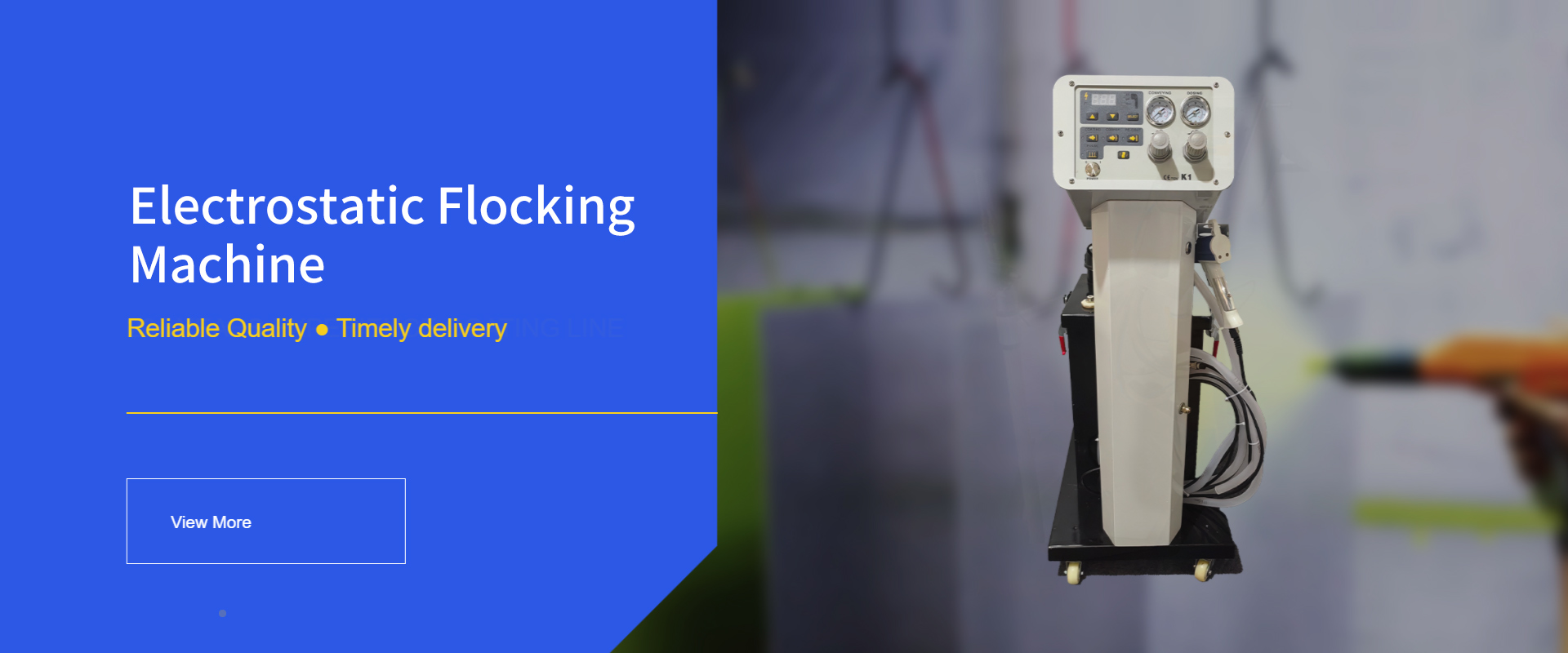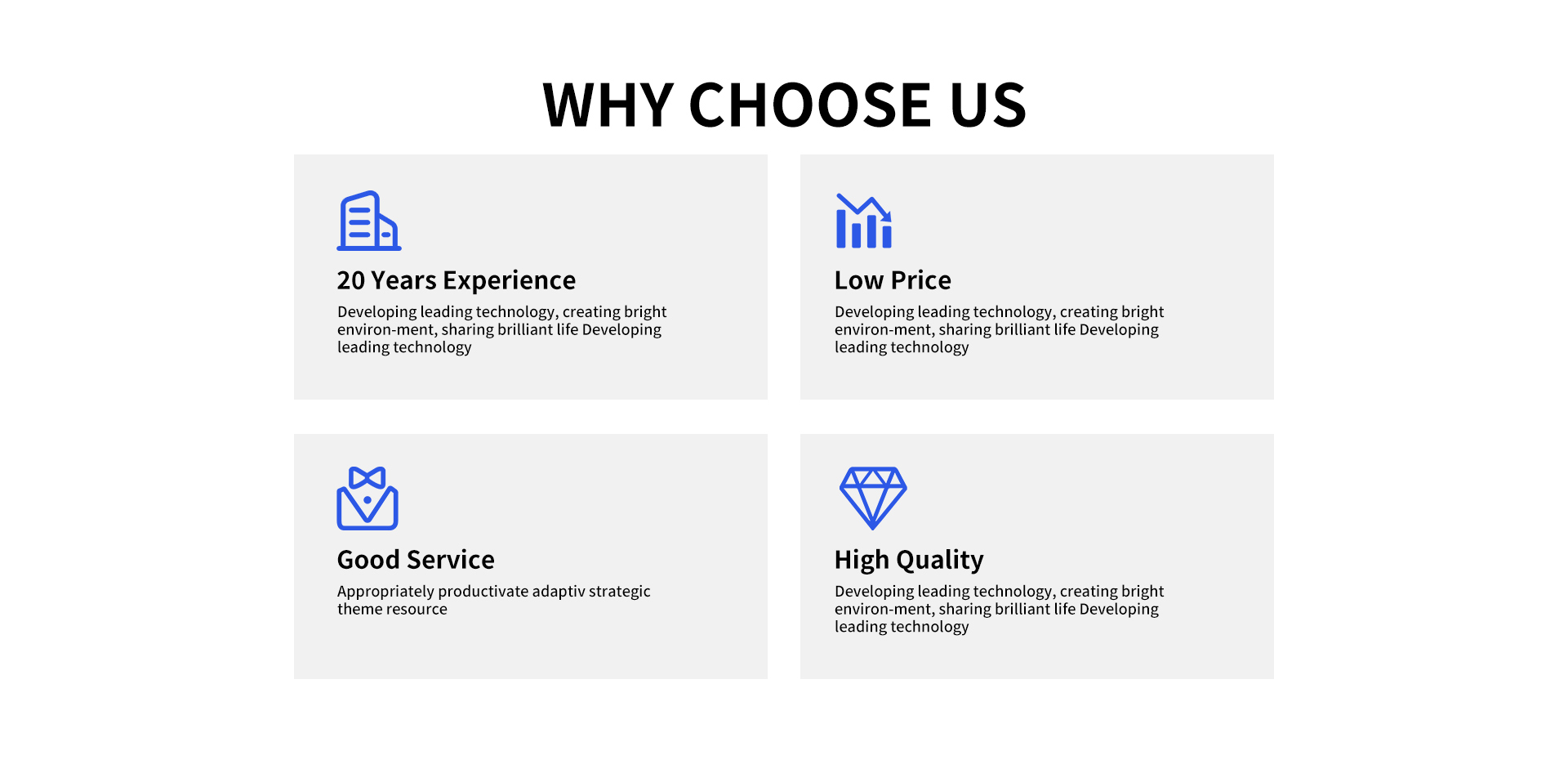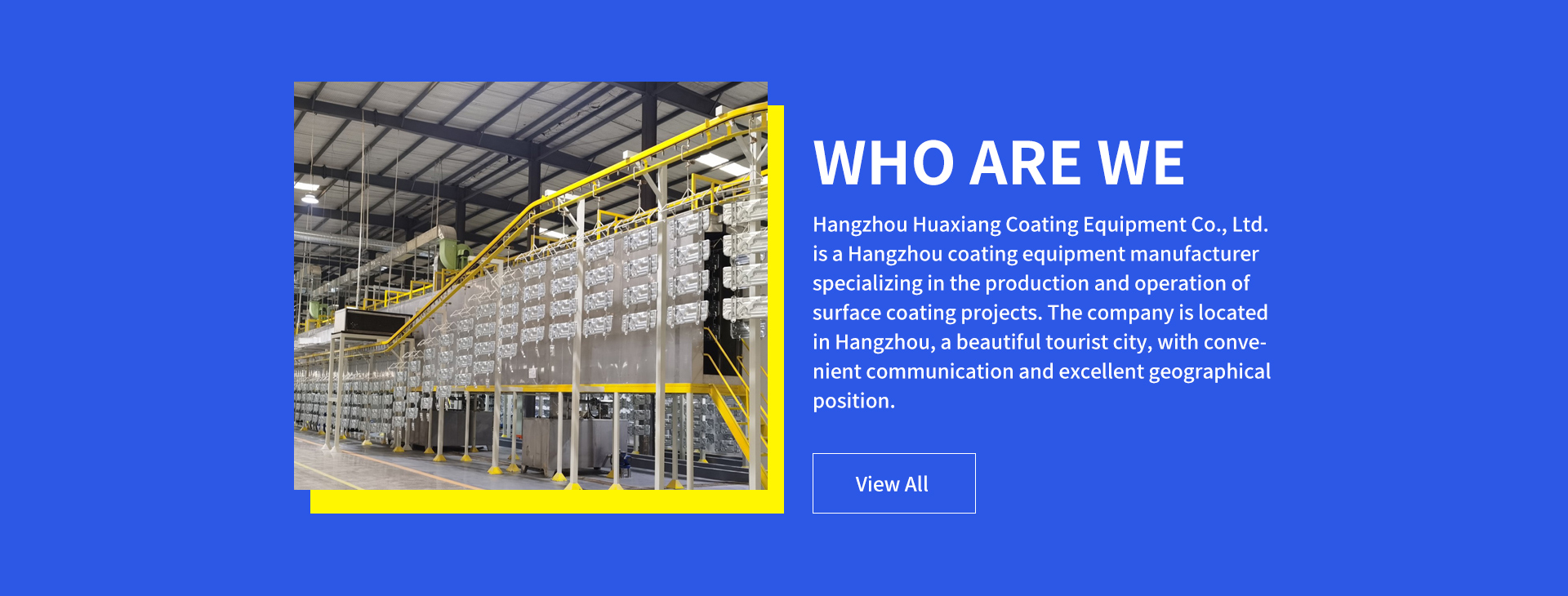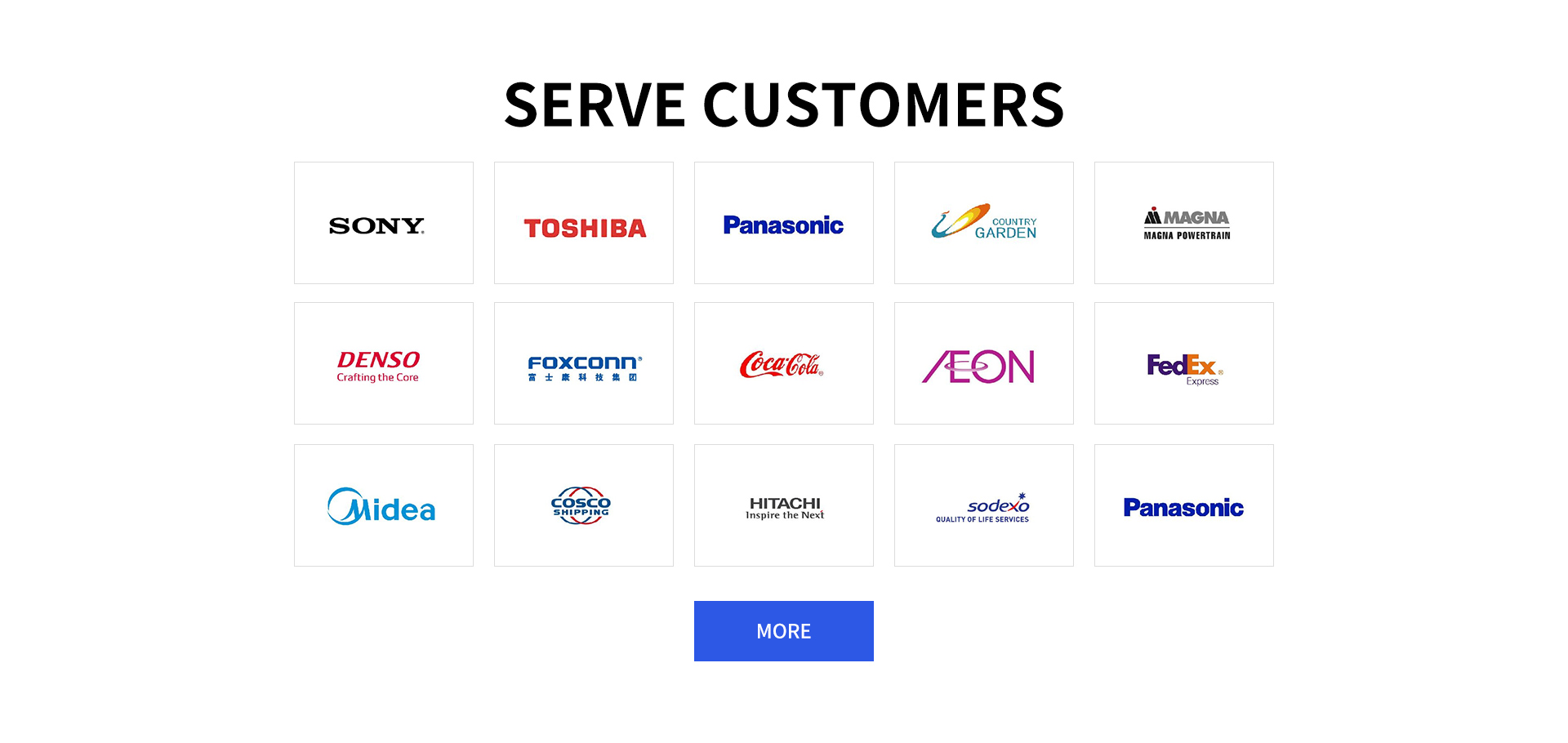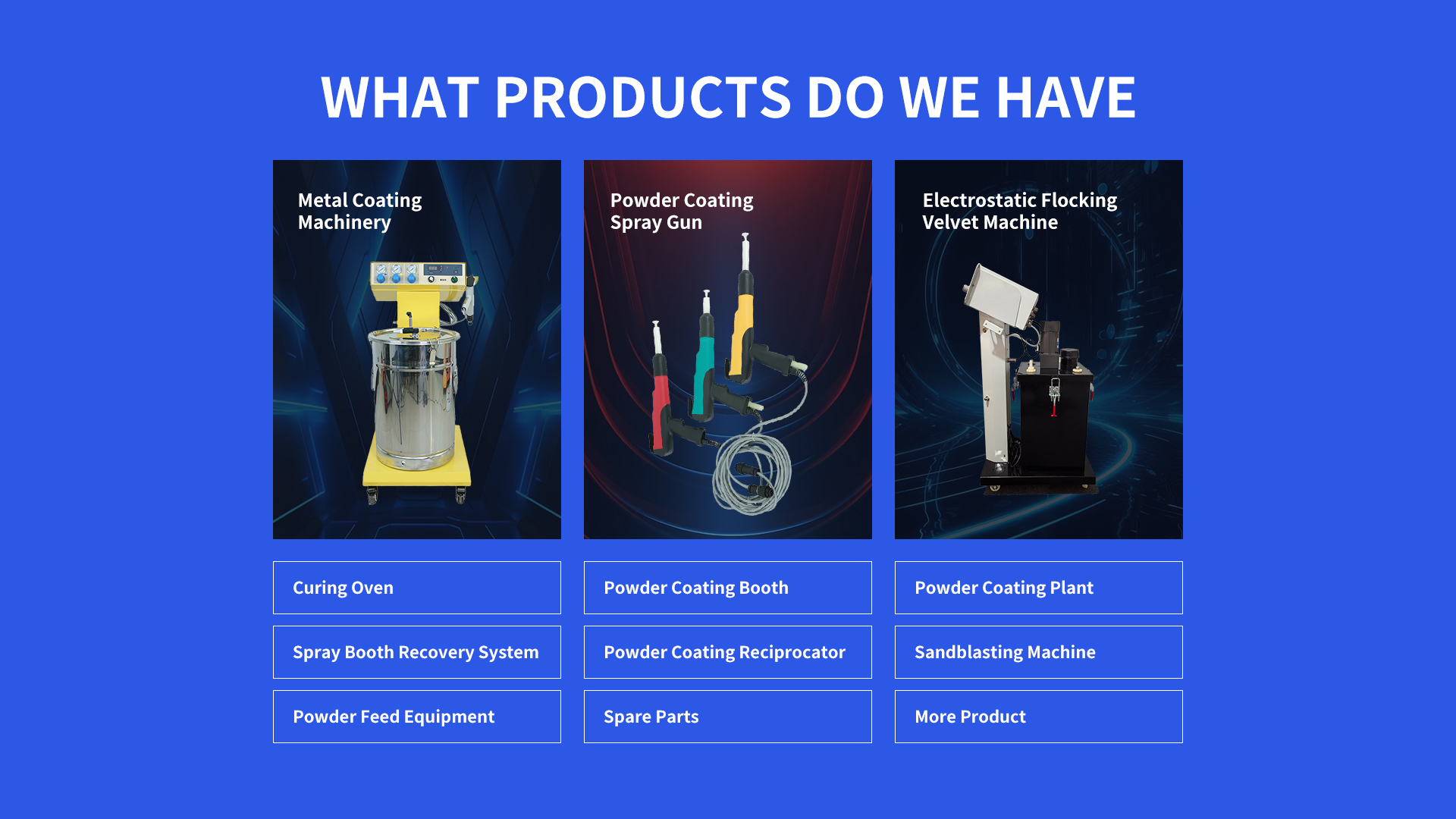The demand for Professional Powder Coating Guns continues to rise across industries like automotive, aerospace, construction, and furniture. These tools are sought after for delivering durable, uniform coatings. Prices vary: entry-level models start around $500, mid-range options go from $1,000 to $3,000, and industrial-grade Professional Powder Coating Guns can exceed $5,000, depending on features like precision control and powder capacity.
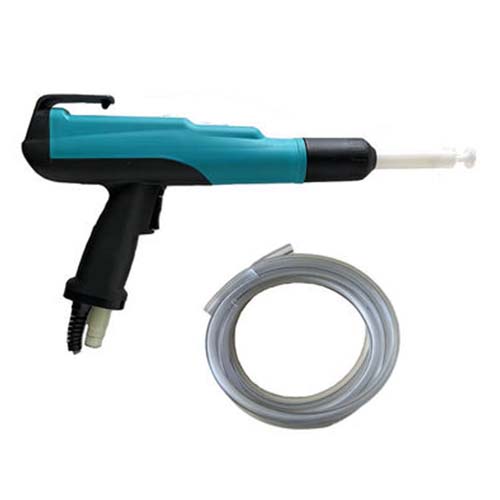
Professional Powder Coating Guns play a central role in various coating projects, from small-scale custom jobs to large industrial applications. These projects include coating metal parts for automobiles, such as wheels and frames, where a tough finish resists corrosion and wear. They also handle projects like coating outdoor furniture, ensuring resistance to weather elements. Industrial machinery components, playground equipment, and even architectural metal pieces rely on Professional Powder Coating Guns to achieve consistent, long-lasting results. Each project benefits from the tool’s ability to apply powder evenly, reducing waste and ensuring a high-quality finish that meets strict industry standards.
Professional Powder Coating Guns work in tandem with specific surface treatment technologies to ensure optimal adhesion and finish. Before using the gun, surfaces must undergo cleaning to remove dirt, oil, and rust—often through chemical cleaning or sandblasting. Next, pre-treatment steps like phosphating or chromating create a protective layer, enhancing powder adhesion. The Professional Powder Coating Gun then applies electrostatically charged powder, which adheres to the treated surface. Finally, curing in an oven melts and fuses the powder into a smooth, durable coating. This integrated process technology ensures the finish resists chipping, fading, and corrosion.
Professional Powder Coating Gun is a specialized tool designed to apply dry powder coatings to surfaces using electrostatic technology. The gun charges the powder particles, which are then attracted to the grounded workpiece, creating a uniform layer. Unlike liquid paint sprayers, it uses no solvents, making it an eco-friendly option. These guns are engineered for precision, allowing users to control powder flow and coverage, making them ideal for both small and large-scale professional applications where consistent, high-quality finishes are required.
Gun Body: The main handle and structure held by the operator. It houses controls for powder flow and voltage, providing a comfortable grip for extended use.
Powder Hopper: A container attached to the gun that holds the powder coating material. Hoppers vary in size, with larger ones suited for continuous use in industrial settings.
Electrostatic Generator: A component that creates an electric charge, transferred to the powder as it exits the gun. This charge ensures the powder adheres to the grounded workpiece, reducing waste and improving coverage.
Nozzle: The tip of the gun through which the charged powder is sprayed. Nozzles come in different sizes and shapes to control spray pattern, from narrow for detailed work to wide for large surfaces.
Air Supply Line: Connects to a compressor, providing the pressure needed to propel powder from the hopper through the nozzle. Regulators in the line adjust air pressure for consistent flow.
Professional Powder Coating Gun offers numerous benefits that make it a preferred choice in finishing applications. It delivers a thicker, more uniform coating than traditional liquid paints, reducing the need for multiple coats. The electrostatic process minimizes overspray, cutting down on material waste and lowering costs. Since it uses no volatile organic compounds (VOCs), it is more environmentally friendly and compliant with strict emissions regulations. Coatings applied with these guns are highly durable, resisting scratches, chemicals, and UV damage, extending the lifespan of treated items. Additionally, the fast curing time of powder coatings speeds up production cycles, increasing efficiency in both small shops and large factories.
Choosing the right
Professional Powder Coating Gun depends on several factors tied to your specific project needs. Start by assessing the size of workpieces—smaller items like metal brackets may require a lightweight gun with a narrow nozzle, while large surfaces such as industrial panels need a model with a larger hopper and wide spray pattern. Consider the type of powder coating used; some guns are optimized for thermosetting powders, others for thermoplastics. Check the voltage range: higher voltage (up to 100kV) works better for conductive materials, while lower voltage suits non-conductive surfaces. Evaluate your workflow—if you need continuous operation, select a gun with an auto-feed system and durable components. Budget also plays a role; balance features like adjustable controls and hopper size with your available funds to ensure the gun meets both current and future project demands.
Maintaining a
Professional Powder Coating Gun is key to ensuring consistent performance and longevity. After each use, disassemble the nozzle and clean it with a soft brush or compressed air to remove leftover powder, preventing clogs that disrupt spray patterns. Wipe the gun body and hopper with a dry cloth to avoid powder buildup, which can affect controls. Check the electrostatic generator regularly for signs of wear, ensuring connections are tight to maintain proper charge. Inspect the air supply line for leaks or blockages, replacing worn hoses as needed. Lubricate moving parts like triggers and hopper valves monthly to keep them operating smoothly. Store the gun in a dry, clean area when not in use, and follow the manufacturer’s guidelines for periodic professional servicing. These steps prevent malfunctions and keep the gun ready for reliable use.
Poor adhesion when using a
Professional Powder Coating Gun often stems from issues in surface preparation or equipment settings. First, check if the workpiece was properly cleaned—oils, rust, or dirt on the surface can prevent powder from adhering. Re-clean the surface using a degreaser or sandblasting, then try again. Next, inspect the electrostatic generator; a weak charge means powder won’t stick effectively. Test the generator with a voltage meter and replace it if readings are below the recommended range. Adjust the powder flow rate—too much powder can create a thick layer that peels, while too little may not cover evenly. Finally, check curing conditions; insufficient heat or time in the oven can leave the coating soft and prone to lifting. Ensure the oven reaches the correct temperature (typically 350–450°F) and cure for the specified duration. Addressing these factors will restore proper adhesion.
Adjusting spray patterns with a
Professional Powder Coating Gun allows for precise application on various surfaces. Start by selecting the right nozzle—use a narrow nozzle for intricate areas like bolts or small metal parts to avoid overspray. For large, flat surfaces such as metal sheets, switch to a wide-angle nozzle to cover more area efficiently. Adjust the air pressure: higher pressure creates a narrower, more focused spray, while lower pressure widens the pattern. Modify the powder flow rate via the gun’s controls; higher flow works for large surfaces needing thick coats, while lower flow suits detailed work. Move the gun closer to the workpiece (6–10 inches) for a concentrated pattern or farther (12–18 inches) for a broader spread. Practice on scrap material to fine-tune settings, ensuring the pattern matches the surface shape and size for uniform coverage.
Ensuring safe operation of a
Professional Powder Coating Gun in workshops protects both operators and the workspace. Always wear appropriate personal protective equipment (PPE), including gloves, safety glasses, and a respirator, to avoid contact with powder and inhaling particles. Ensure the workspace is well-ventilated to prevent powder buildup in the air, reducing fire risks and respiratory hazards. Ground the workpiece and gun properly to avoid electrostatic discharge, which can cause sparks. Keep flammable materials away from the spraying area and curing oven, as powder coatings are combustible in high concentrations. Follow lockout-tagout procedures when cleaning or maintaining the gun to prevent accidental activation. Train all operators on proper handling, including how to shut off the gun and air supply in emergencies. These steps minimize risks and create a safe working environment.
Statement: Hangzhou Huaxiang Coating Equipment Co., Ltd Chinese Powder Coating Equipment facturers provide you with customized equipment for various types of Powder Coating Lines, Powder Coating Ovens, Powder Coating Booths,Powder Coating Guns, etc. For inquiries! Contact us at
Email: gezx@cncolourspray.com
WhatsApp: +86 13335812068

